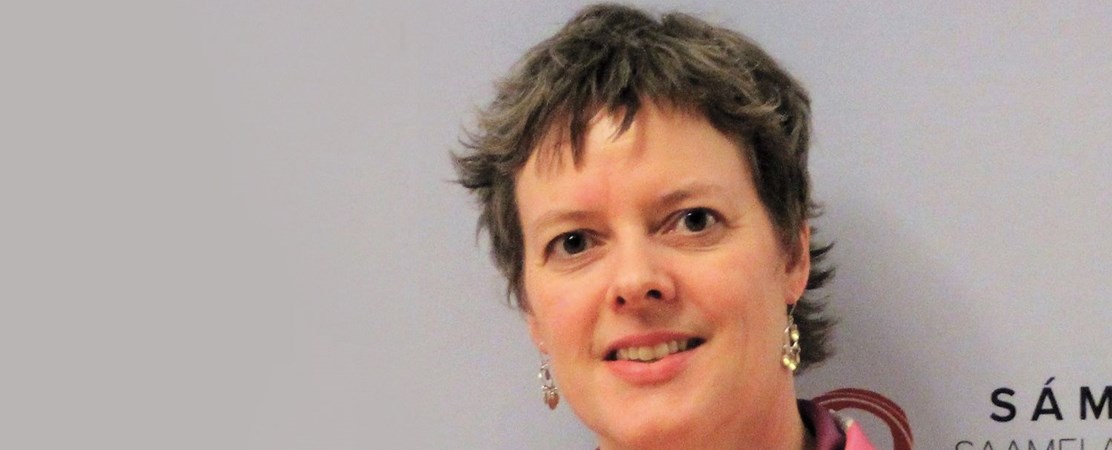100 Years of Sámi Cooperation: Interview with Gunn-Britt Retter

The modern political collaboration of the Sámi is relatively young: February 6, 2017 marked the 100-year anniversary of the first Sámi conference that brought together Sámi leaders. Cooperation among the Sámi, on the other hand, has longer roots.
The Sámi have always been working with each other across Fennoscandia, but the creation of nation-states and their borders required a new way of thinking.
“National borders created challenges that weren’t there before, as the Sámi had to adapt to different rules, laws and systems that developed over time in each country. This created a need for a new kind of Sámi cooperation,” explains Gunn-Britt Retter, Head of the Arctic and Environment Unit of the Saami Council. “For the past hundred years the main objective has been to recreate and increase our sense of being one people. This is what the Saami Council also aims at.”
The 1917 Trondheim meeting was the first organizational effort to start advancing joint issues of the Sámi. Other initiatives followed, but the time between the two World Wars took its toll and the early initiatives almost died out. The need for organized collaboration remained however, and in 1956 the Saami Council was finally established.
The successful cross-border cooperation of the Sámi has also served as an example to indigenous peoples’ political cooperation globally. “The Sámi have definitely been the trailblazers – I believe the Saami Council is also the oldest still-existing indigenous peoples’ political organization. The first Arctic indigenous peoples’ gathering took place in 1973 when the Inuit and Sámi met to talk. The Inuit Circumpolar Conference was established a few years later in 1976, so I would say that the Sámi were also a model for them.” Around the same time, the World Council of Indigenous Peoples (WCIP) was also established, where the Sámi engaged with North American, Australian and New Zealand indigenous peoples. In the 1980s and 1990s the Sámi also provided training courses to indigenous peoples in Asia, Africa and South America on how to get organized.
“We are lucky to live in countries with relatively positive attitudes towards indigenous rights,” Retter admits. “The Nordic countries are models on human rights issues. Every step in developing Sámi democracy and Sámi institutions here can be used as an example in other regions where the relationship between the state, the indigenous peoples and their organizations might not be as good.”
In one hundred years Sámi political cooperation has become more complex and multifaceted. With an official status in the Arctic Council, the United Nations and other international organizations, the Saami Council has a specific role to play in representing the Sámi civil society. The Sámi parliaments in Norway, Sweden and Finland, on the other hand, are elected bodies with their own agendas. With more actors there is also more room for self-criticism among the Sámi, but advancing joint issues, such as education, is still a priority.
“Education is a field you can’t escape,” Retter smiles. “We want education to be relevant to the Sámi; education that is culturally appropriate. We also want educated Sámi who can be active in their traditional livelihoods as well as modern careers. Everyone should have the option to do both – one shouldn’t exclude the other. The Sámi are a good model in that sense too, because we have demonstrated that it’s possible to maintain an indigenous lifestyle while living a modern life and using technology to our advantage.”
“So yes, education is important, and so is language. Our language holds crucial knowledge about the nature and livelihoods in the Arctic, and how that knowledge is conveyed to others. Protecting indigenous languages and livelihoods means that you also protect the Arctic environment and sustainable development.”
